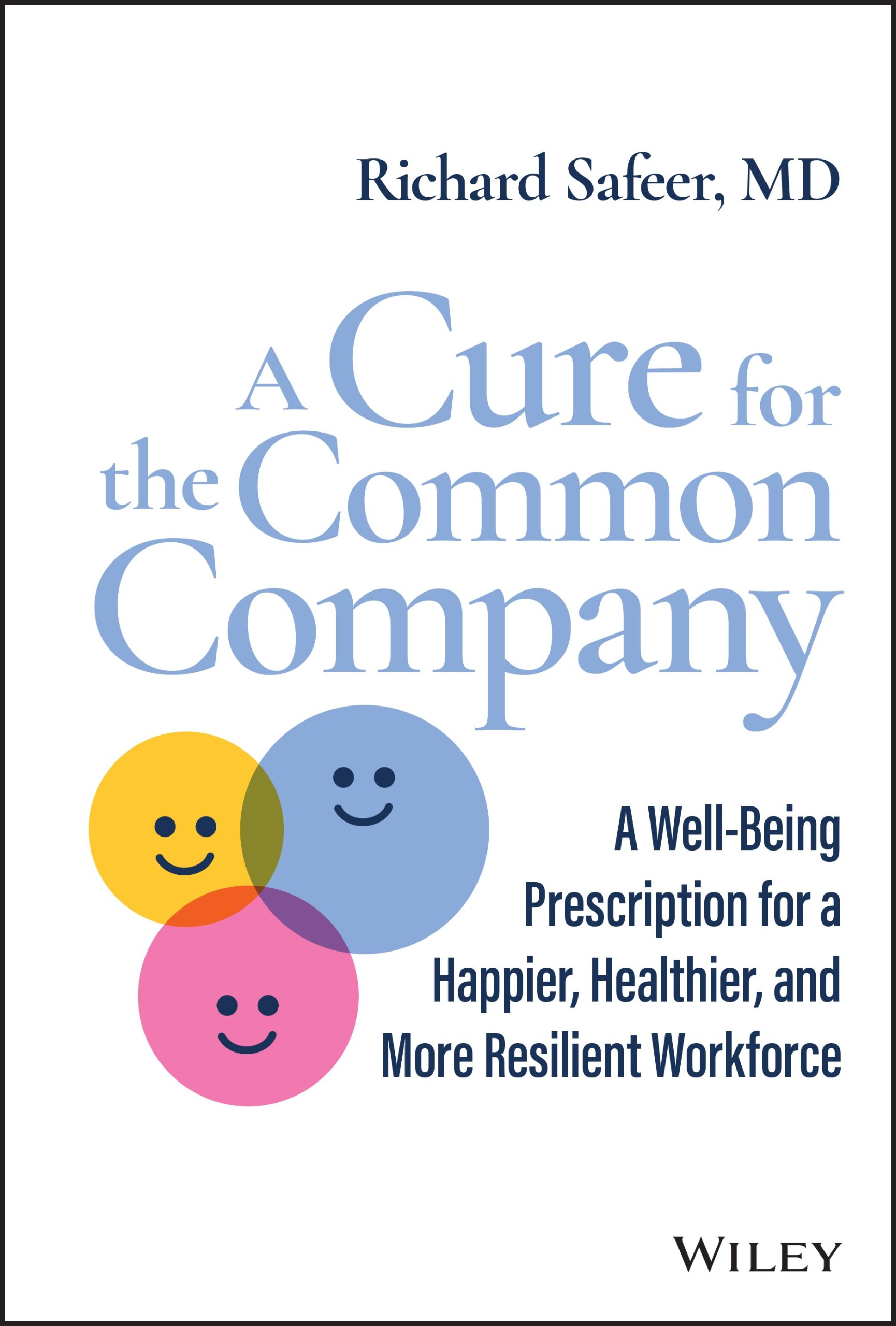‘A Cure for the Common Company’ by Richard Safeer, M.D. is an exploration of corporate well-being and integrating health principles into the business world. Dr. Safeer, a seasoned healthcare executive, combines his medical expertise with practical business insights to provide a guide on how to create a healthier and more productive workplace. The book addresses various topics, ranging from employee wellness programs and stress management to leadership strategies that prioritize individual and organizational health.
The strength of this book lies in its ability to bridge the gap between the separate domains of healthcare and business. Dr. Safeer introduces a holistic approach to corporate well-being, emphasizing the interconnectedness of employee health and company success. One notable strength is the author’s incorporation of real-world case studies, illustrating how companies have successfully implemented health initiatives and witnessed positive outcomes.
The book establishes the link between employee well-being and organizational performance, drawing on scientific research to support the argument that healthier employees are more engaged, creative, and resilient. In the main, Dr. Safeer effectively communicates sometimes complex medical concepts in a reader-friendly way, making the information accessible to healthcare professionals and business leaders.
One positive feature is the emphasis on proactive measures for preventing health issues rather than the more reactive approach commonly adopted in organizations. Dr. Safeer advocates for a preventive healthcare approach within companies, citing examples of companies that have invested in preventive measures and experienced reduced healthcare costs and absenteeism.
Exploring leadership strategies for fostering a culture of well-being is another great aspect of the book. Dr. Safeer outlines the characteristics of leaders who prioritize employee health and provides actionable advice for cultivating such leadership qualities. There are also a host of leadership anecdotes and interviews that add a personal touch, making the book relatable for readers in leadership positions.
However, the book is not without its weaknesses. Some readers may find some of the medical explanations overly technical. While Dr. Safeer attempts to simplify complex concepts, there are a few instances where a more straightforward approach could enhance the book’s accessibility to a broader audience.
Additionally, the book could benefit from a more in-depth exploration of challenges in implementing health initiatives. While success stories are inspirational, addressing potential obstacles and providing practical solutions would make the book more comprehensive for those tasked with initiating change within their organizations.
A few chapters seem to focus predominantly on larger corporations, potentially leaving smaller businesses seeking tailored advice. While the principles are generally applicable, a more detailed discussion of how different-sized companies can adapt the strategies would enhance the book’s practicality for a diverse range of readers.
Some readers may also find some of the recommendations more aspirational and a touch idealistic and challenging to implement in certain corporate cultures. Dr. Safeer’s optimistic outlook may not fully account for the complexities and resistance that can arise when introducing substantial changes to established structures and practices.
This book could be a valuable resource for those interested in transforming their workplace into a healthier, more productive environment as Dr. Safeer effectively combines his medical expertise with practical business insights, offering a holistic approach to corporate well-being. The book’s strengths lie in its well-researched content, real-world case studies, and actionable advice for leaders and employees. While the book may not bring a raft of new concepts and innovation for seasoned Well-being leaders, it most certainly would be worth a read for any business leader or HR professional who genuinely cares about creating a culture of well-being that goes beyond surface-level processes and box ticking.
Published by Wiley
Reviewed by Karen Beaven, Director, Reignite HR







